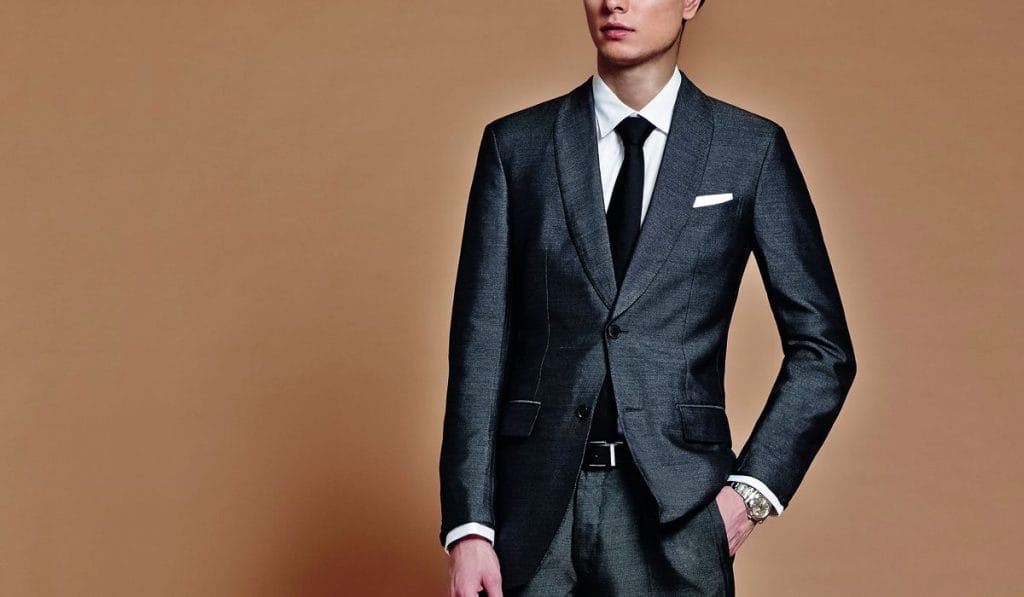Whether a suit is your daily uniform or your special-occasion staple, you know this: A well- fitting two-piece is nothing short of transformative. Few other garments match the suit’s ability to make its wearer look instantly pulled-together, a tad more confident and, possibly, in possession of a better physique than he actually has.
This modern-day miracle worker has come a long way since 19th-century British dandy and tastemaker Beau Brummell first eschewed the fussy fashion of his time, setting the trend for a look defined by dark coats, elegant shirts and full-length trousers, rather than breeches and stockings.
Over the past 200 years, the suit has undergone plenty of transformations, often taking on silhouettes and styles closely associated with specific cultural milieus. The ’70s disco era, for instance, will always be synonymous with the tight three-piece suits seen in movies like Saturday Night Fever. Wheelers and dealers of the ’80s, on the other hand, were identified by their Armani power suits – boxy affairs with broad padded shoulders and wide lapels.
Today, the well-dressed man has more options than ever: single-breasted or double- breasted, regular-fitting or skinny, structured or deconstructed. Whatever the choice, it’s the perfect fit that counts at the end of the day.
ANATOMY OF A SUIT
A checklist of details for two-piece perfection.
The Collar

Turn sideways – can you see the back of your shirt collar when you’ve got the jacket on? You should, half an inch of it. The collars of both the jacket and the shirt should lie flat without puckering, and should lie close enough to each other without revealing a gap.
The Shirt Cuff
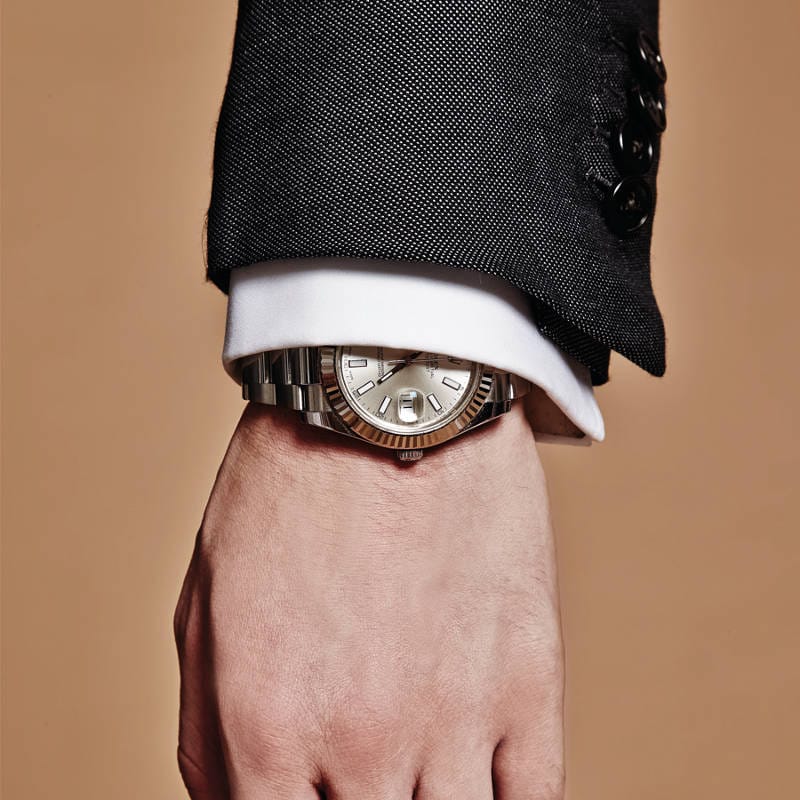
The gold standard is that half an inch of shirt cuff should be visible below the jacket cuff, while the sleeve of the jacket should fall half an inch below the wrist bone. On a related note, there are some sartorially adventurous men who distinguish themselves by strapping their watch over their shirtsleeve, a bold flourish we do not recommend.
The Waist
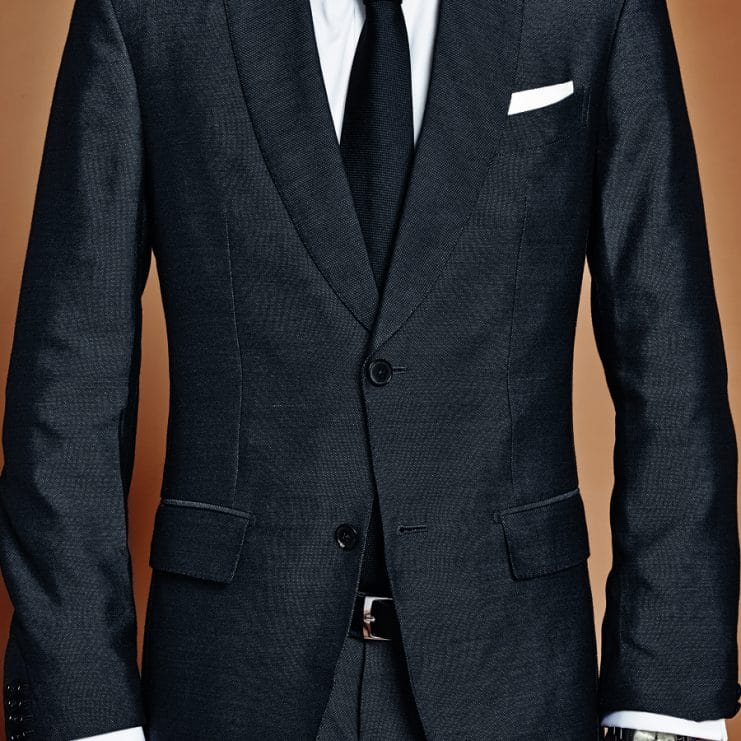
A lightly tapered waist flatters most physiques, and helps to emphasise the V of the chest. A note about buttons: For two- and three-button jackets, the one at the bottom is never fastened. The top button on a three- button suit is sometimes fastened, but only if the lapels lie flat thereafter. Most importantly, there should be no creases around that one button that is always done up.
The Shoulders and The Chest
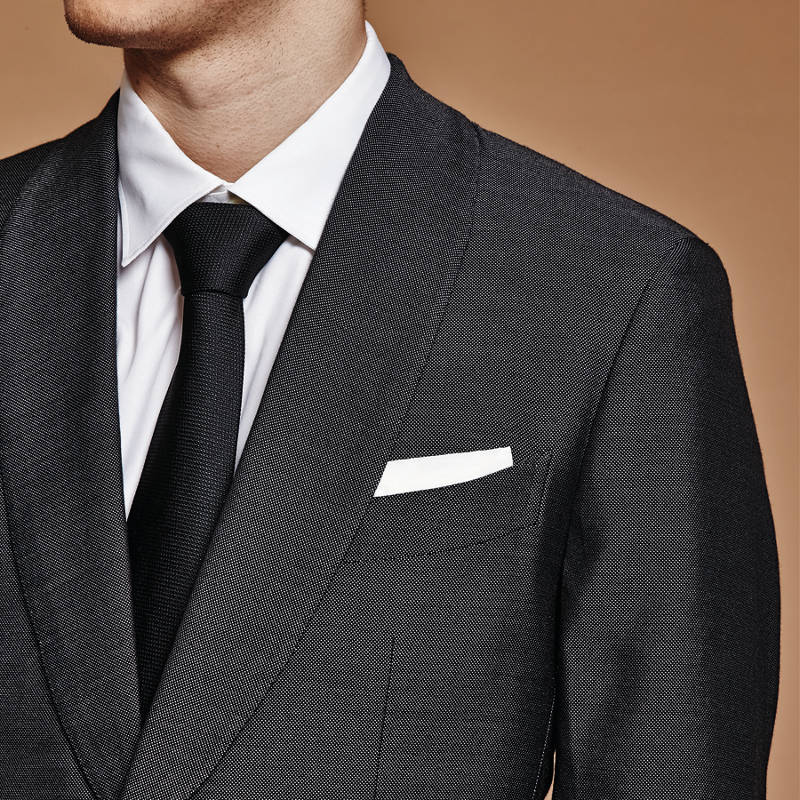
How do you know if your jacket fits properly? Check the shoulder. If there is overhang at the shoulder pad, it’s too big. If the outline of your shoulder shows in the sleeve, it’s too small. The sleeves of a well-fitting jacket should fall smoothly in a slightly curving line. Moving downwards, the lapels should lie flat on the chest. If there is more than a fistful of space between your chest and the front of the jacket, try a smaller size.
The Jacket Length
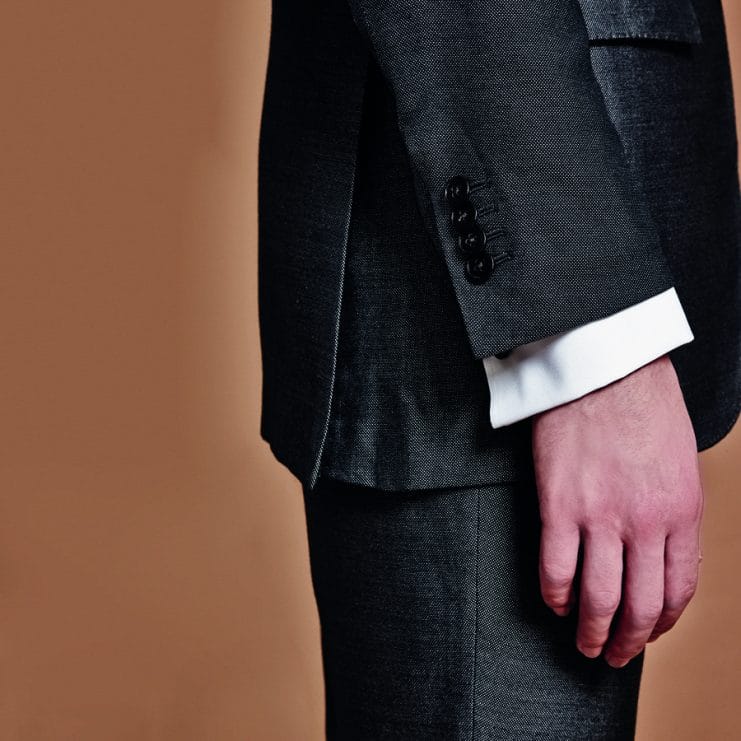
When it comes to the right length of a jacket, the popular saying is this: Like a good lawyer, a good suit jacket should cover your ass. But no longer, or you risk visually truncating your legs. Another way to determine a good jacket length is to hold your arms in their natural position by your side – you should just be able to cup the hem of the jacket in your hands.
The Trouser Length
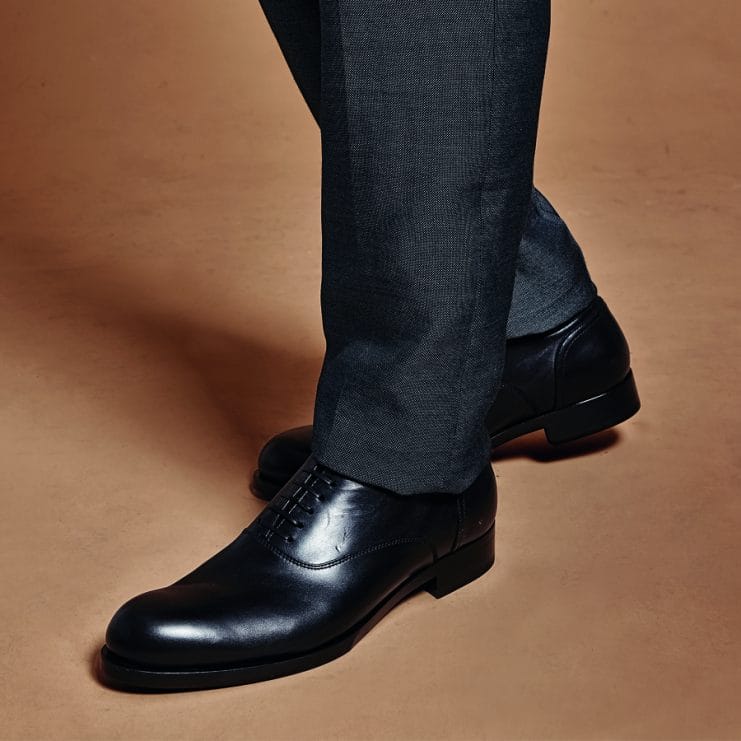
Unless you are wearing one of those deliberately shrunken suits popularised by designer Thom Browne several years ago, there is never a good reason for your trouser hems to hover above your ankles. Trousers should drape the shoes a little. And don’t forget to wear sufficiently high socks. As Johnny Manglani, founder of the Uomo Group, which operates luxury-menswear boutiques here and in Moscow, notes: “You don’t want to show off your hairy legs when you sit down.â€
PERFECTLY SUITED
A bespoke suit fits like no other. This step-by-step process at Italian brand Brioni illlustrates why.
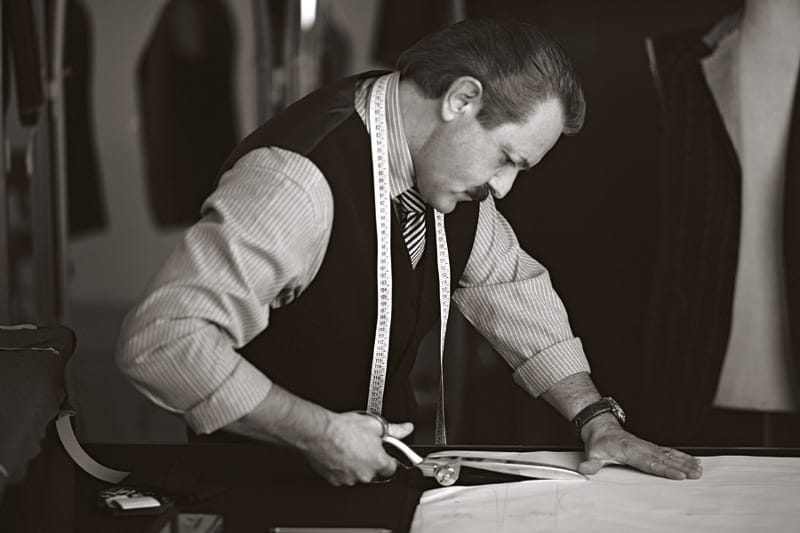
STEP 1
Before any measurements are taken, a master tailor speaks to the client to understand his requirements, and observes the latter’s posture and the way he moves. Measurements are then taken, with the client fitted in a trial garment. After he chooses his fabric and details such as buttons, linings and monograms, the measurements are sent to Penne, Italy.
STEP 2
The master tailor makes a pattern that is unique to the client – no two patterns are the same. The pattern is then carefully placed, ensuring that the fabric for the different parts of the suit – such as the chest piece, back panels, sleeves and collar – lines up perfectly. The fabric is cut by hand to follow the contour of the body. Foundation thus set, the components of the jacket – including the canvas, shoulder padding and felt collar lining – are then assembled.
STEP 3
From the attachment of a felt lining for support in the collar, to the finishing of every buttonhole, every step of the process is done by hand. A canvas, usually made from a mix of linen and horsehair at Brioni, is sewn into the jacket – giving it shape and integrity. At every stage of production, the jacket is pressed to ensure precise workmanship.
STEP 4
The suit may be completed – but the process isn’t. A second fitting is conducted. The tailor looks at how the garment fits, and notes the necessary adjustments. The suit is altered by the brand’s expert tailors before the final product is delivered.
BEYOND THE BASICS
Four suits every man should be familiar with, and the accessories to pair it with.

